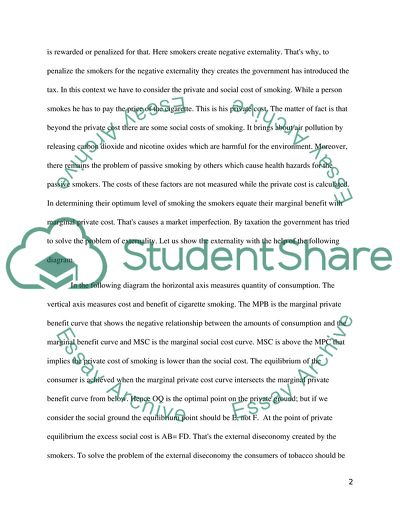Cite this document
(Cigarette Tax: Distribution of Tax Burden or the Incidence of Taxation Term Paper, n.d.)
Cigarette Tax: Distribution of Tax Burden or the Incidence of Taxation Term Paper. https://studentshare.org/macro-microeconomics/1722824-what-happens-to-consumers-and-firms-when-federal-cigarette-tax-is-increased-effects-of-federal-cigarette-tax
Cigarette Tax: Distribution of Tax Burden or the Incidence of Taxation Term Paper. https://studentshare.org/macro-microeconomics/1722824-what-happens-to-consumers-and-firms-when-federal-cigarette-tax-is-increased-effects-of-federal-cigarette-tax
(Cigarette Tax: Distribution of Tax Burden or the Incidence of Taxation Term Paper)
Cigarette Tax: Distribution of Tax Burden or the Incidence of Taxation Term Paper. https://studentshare.org/macro-microeconomics/1722824-what-happens-to-consumers-and-firms-when-federal-cigarette-tax-is-increased-effects-of-federal-cigarette-tax.
Cigarette Tax: Distribution of Tax Burden or the Incidence of Taxation Term Paper. https://studentshare.org/macro-microeconomics/1722824-what-happens-to-consumers-and-firms-when-federal-cigarette-tax-is-increased-effects-of-federal-cigarette-tax.
“Cigarette Tax: Distribution of Tax Burden or the Incidence of Taxation Term Paper”. https://studentshare.org/macro-microeconomics/1722824-what-happens-to-consumers-and-firms-when-federal-cigarette-tax-is-increased-effects-of-federal-cigarette-tax.


